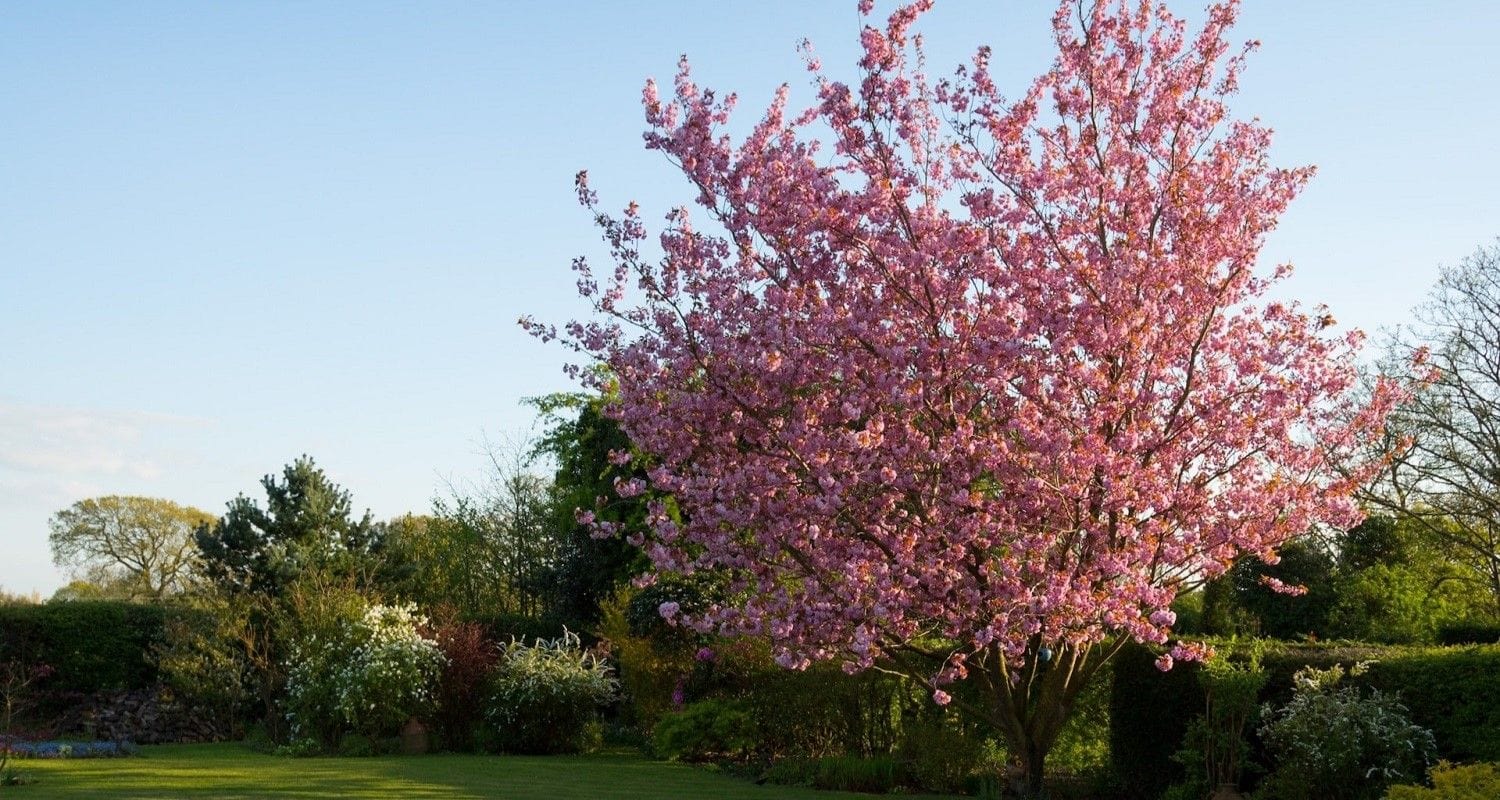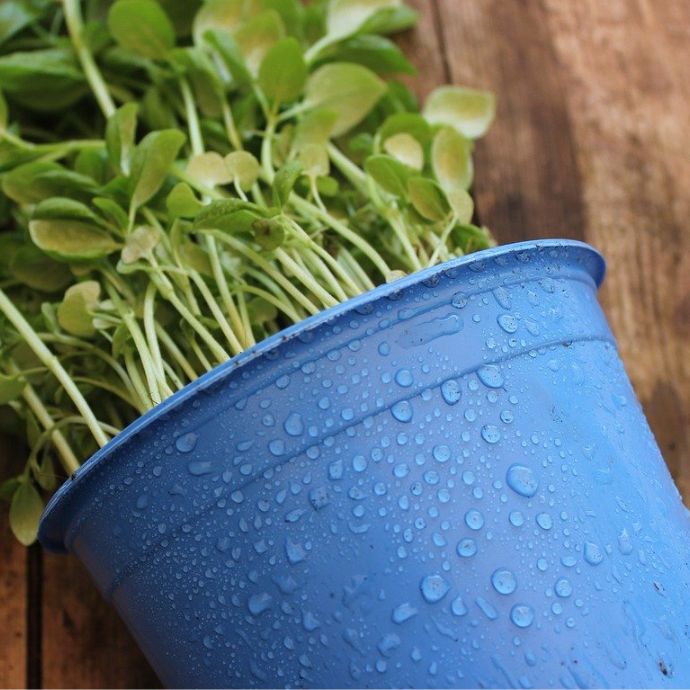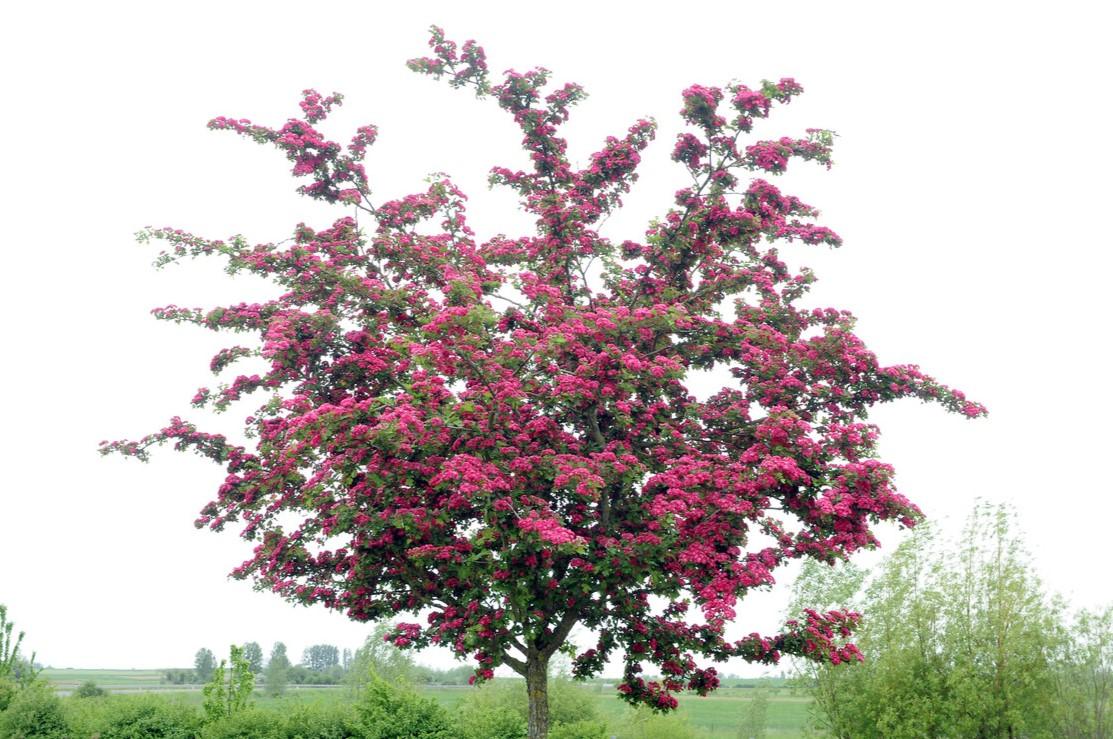Advice & Inspiration
How to Choose the Perfect Tree

If you’re planning to plant a tree between October to March, the best choice is a bare root tree. There are a few other things to consider before you plant a new tree - check out these 6 tips to help you plan your planting and choose the best tree for your space.
1. Where should I plant my tree?
If you’re planting your tree in open soil, choose a sheltered spot which gets plenty of sunlight. Pick a position away from buildings (the roots could cause structural damage and block out light) and not too close to other trees, as your tree will need space for the roots and branches to grow outwards as well as upwards. If you plant in a pot, choose the biggest container you can find, position it in a sunny, sheltered spot and be sure to repot your tree every 2-3 years.

2. Which trees will grow best in my garden?
Most native and fruiting trees will thrive in any soil as long as it’s moist and well drained. If your soil is acidic, trees like Magnolia, Rowan, Acer, Beech and Willow will thrive. If your garden doesn’t get too much sunlight, choose a tree which can deal with shade such as an Acer, Crabapple, Hawthorn or Mountain Ash. A good way to tell which trees thrive in your area is to take a walk around the neighbourhood and see what’s growing well in nearby gardens.
Visit our collection of UK native trees.
3. What size of tree can I plant?
If you have a lot of space in your garden, the sky’s the limit when it comes to tree choices. We’d recommend something like an Oak or Silver Birch, or for fruit trees, a Plum or Apple.
There’s also a huge choice of more compact trees that will grow to 4m or under - trees like Crabapples and smaller Cherry Blossoms are perfect for small to medium gardens.
For a balcony or yard, choose a dwarf tree which you can grow in a pot - Figs grow best in pots, and there’s a great choice of Plum, Apple, Cherry and Pear varieties as well as ornamental trees such as Parrotia and Dwarf Willow.
4. Should I get a fruit or ornamental tree?
I have to admit I really couldn’t decide, so I’ve got a mixture of compact fruiting trees and ornamentals in my garden. If you only have space for one tree though, you’ll need to decide whether you want the tree for visual appeal (Cherry Blossoms, Sweetgums and Tulip Trees are spectacular) or food. Of course fruit trees also bear blossom and can look beautiful too.
A good compromise is a Crabapple tree, which has year-round visual appeal and also gives you fruits for jelly making.
5. How much care will my tree need?
If you’re short on time or don’t feel confident about pruning, you should pick a tree that needs less care - lower-maintenance trees include Acers, Magnolias and Cherry Blossoms. A native tree such as Oak, Birch or Willow is extremely unlikely to be bothered by pests and diseases, so they’re also a good option. As a bonus, if you plant a bare root tree between October and March, it probably won’t need regular watering as the ground is naturally wet at this time of year.

6. How can I be sure I'm getting a healthy tree?
The best way of making sure your tree starts off healthy, grows vigorously and lives a long life is to get it from a reputable nursery - don’t be tempted by the bare root specimens you see in discount shops at this time of year - they’re usually dug up too soon and stored for too long.
All of our bare root trees come from a specialist nursery with over 100 years of successful growing behind them. The trees are grown in open fields, left in the ground longer to develop healthy root systems and freshly dug at just the right time. They're packed immediately and sent to you fresh so you can be confident that the tree will thrive.
If you’ve chosen your tree and you’re ready to plant, read our handy how-to guide.























